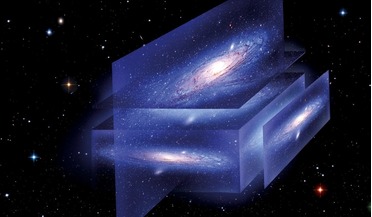 October 2020
Learning from alternative universes
October 2020
Learning from alternative universes
... current understanding tells us that this acceleration will not stop and that the universe will keep expanding ever faster until the end of time. The evolution of the universe depends entirely on its composition. There are only four possible outcomes...
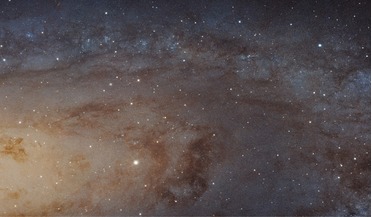 October 2016
The dwarf galaxy problem
October 2016
The dwarf galaxy problem
... are small companions of bigger galaxies, like our own Milky Way. Our computer simulations investigate the evolution of the Universe and are very effective at producing Universes akin to our own. However, there are some discrepancies, one of which...
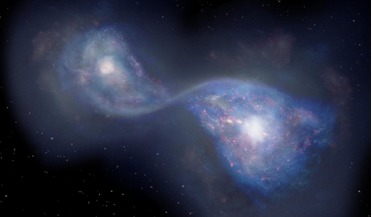 01 July 2019
Earliest known galaxy merger detected by ALMA
01 July 2019
Earliest known galaxy merger detected by ALMA
... are essential not only for star formation and galaxy evolution, but they also help unravel the evolution of the Universe, so naturally many astronomers are eager to trace back the history of mergers. "Our next step is to search for nitrogen, another...
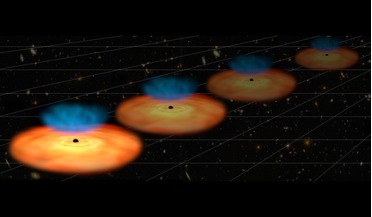 30 January 2019
New physics needed to explain early expansion of the Universe
30 January 2019
New physics needed to explain early expansion of the Universe
... probe with quasars, we find a discrepancy between the observed evolution of the Universe and what we would predict based on the standard cosmological model,” explained Lusso. At the moment, the discrepancy is big enough to infer that extra physics...
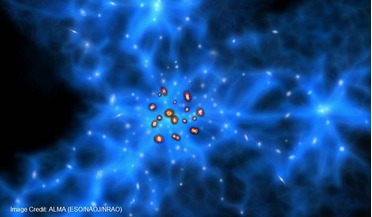 07 December 2015
Massive baby galaxies nestled in dark matter filaments found by ALMA
07 December 2015
Massive baby galaxies nestled in dark matter filaments found by ALMA
...of a large filamentary structure, thought to be a huge 3D web of invisible dark matter. In the standard model of the evolution of the universe, structures such as the cosmic Great Wall, a gigantic filamentary structure spanning over 500 million light...
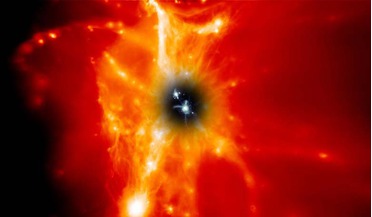 06 June 2016
Galaxies guilty of 'wasting' precious planet building material
06 June 2016
Galaxies guilty of 'wasting' precious planet building material
... that were then targeted with COS, which uses ultraviolet spectroscopy to study the evolution of the universe: spiral galaxies that have a blueish colour and like the Milky Way actively form stars, along with elliptical galaxies that appear...